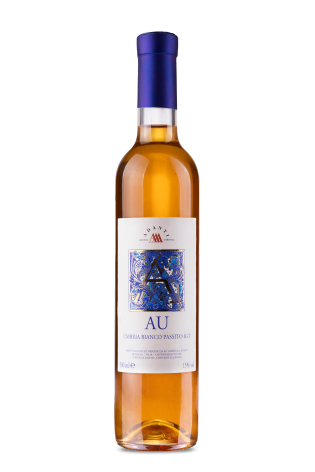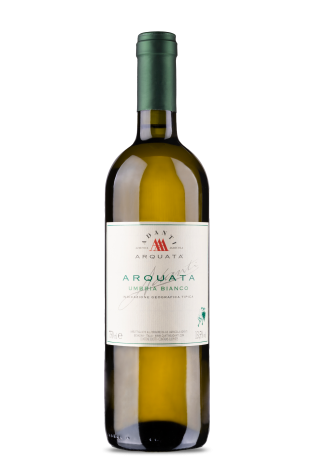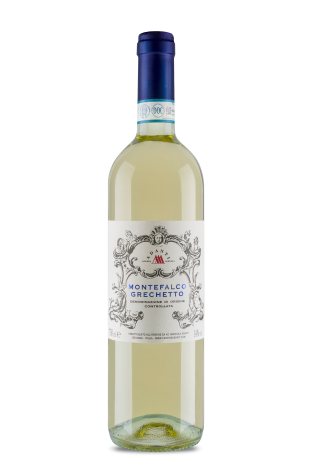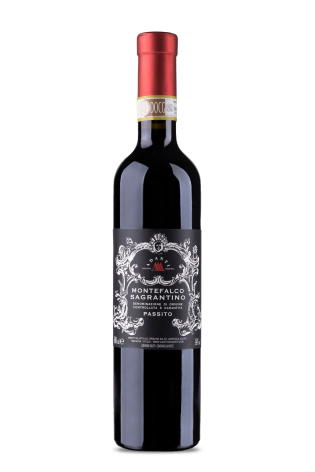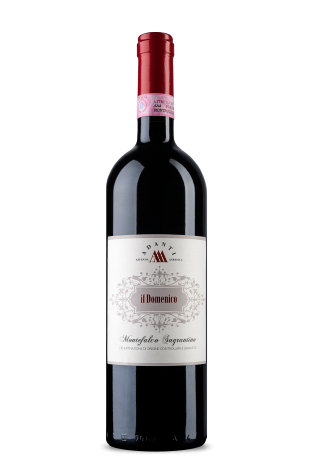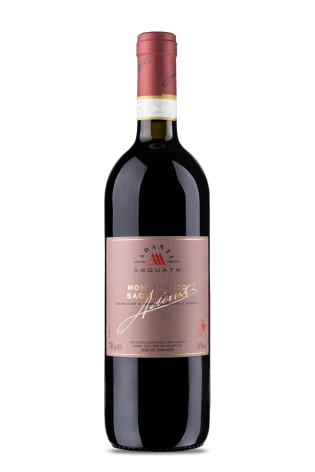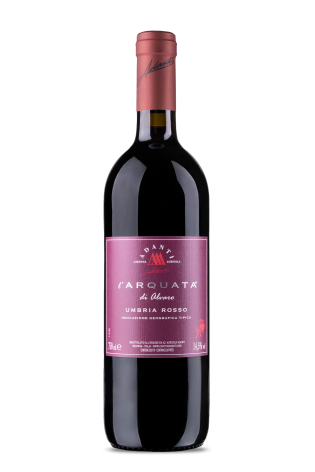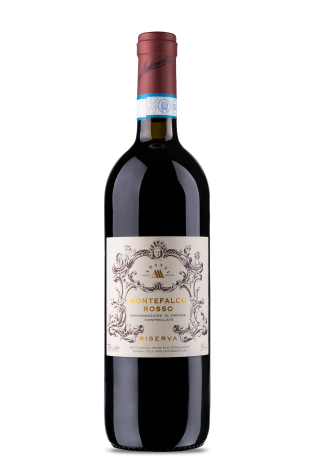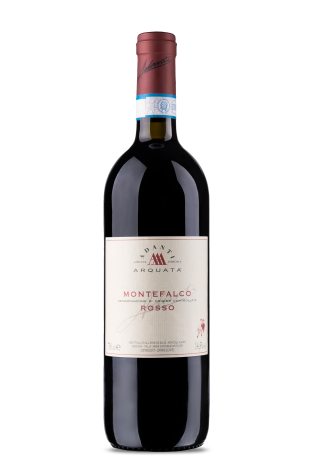
“Apologies for the lack of recent wine coverage, but I’ve been traveling around Umbria (the landlocked, self-proclaimed “”Green Heart of Italy””) tasting Sagrantino, a red grape unique to the sub-region of Montefalco. When I got back, I discovered that Mayor Mike had declared November “”I Love Umbria Month”” with free classes and tastings across the city. Here’s why you should celebrate: Umbria is the fourth smallest province in Italy, often relegated to the role of Tuscany’s sidekick. Visually, both Umbria and Tuscany fulfill travelers Italian fantasies of undulating, verdant hills lined with olive trees, dotted with villas and medieval towns. But Umbria has charms all her own: Fewer tourists, the snow-dusted Apennine Mountains and Sagrantino di Montefalco wine. Despite its sole cultivation in Umbria (not counting experiments in Tuscany and California), the origin of Sagrantino is unknown. Some say it came from Greek monks, Franciscan Friars or the local, spontaneous cross-fertilization of wild grapes — the latter an explanation for why this variety is only found in Montefalco. The grape fell to geek status (obscurity), barreling down the path to extinction until local wineries in the early 197o’s, including Adanti and Arnaldo Caprai, decided to preserve it. By 198o, Sagrantino di Montefalco was granted DOC status in recognition of the distinctiveness and potential of the grape and region. By 1992, the highest Italian quality status, DOCG (Controlled and Guaranteed Origin), was awarded.”
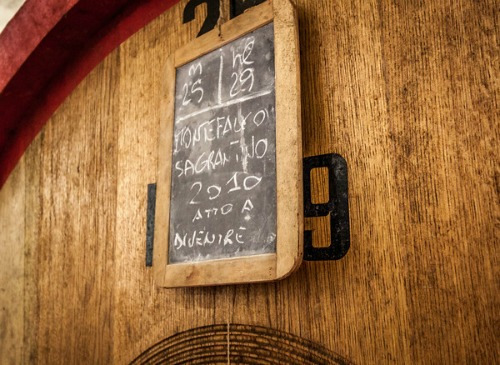
“Sagrantino is not an easy grape to love if you are looking for loads of ripe fruit, silky tannins, and the approachability of a Pop Tart. The grape has nearly double the amount of polyphenols of many other, and if not handled with care by the winemaker, the tannins can be aggressive, coarse, and drying. But in the hands of great winemakers, the tannins coat your mouth like homemade peanut butter, and the wines show deep, black and blue fruit at their heart. Because of their power and structure, nearly all Sagrantino di Montefalco require serious bottle time, plus weighty food, and hours to breathe once open. The wines remind me of Javier Bardem: A tough, mysterious exterior with a sensuous core that reveals itself with age (Don’t let me down Skyfall). Tip: The wines can be pricey in the United States (production is small and all 100% Sagrantino requires 30 months minimum aging), so if the tannins or the prices are too big, but you still want a taste of the Montefalco region, look for Montefalco Rosso DOC. This is a delightful, less expensive, blended wine dominated by Sangiovese with a small percentage of Sagrantino and usually Merlot or Cabernet Sauvignon to round it out. PRODUCERS Atlanti: One of the oldest, most respected wineries in the region. Arnaltlo Caprai: Just named European Winery of the Year by Wine Enthusiast for 2012; helped bring Sagrantino and the region to the world stage. Paolo Bea: Unique, organic wines that have achieved cult status and pricing in the U.S. Tenuta Castelbuono: A newer winery offering a high quality, more moderately priced Sagrantino. WHERE TO BUY Look for the oldest vintages available, or try to hold the wines a few more years if buying as young as 2007. Eataly Vino (200 Fifth Ave.) carries a number of Sagrantinos, including Tenuta Castelbuono 2006 for $37.80.”

